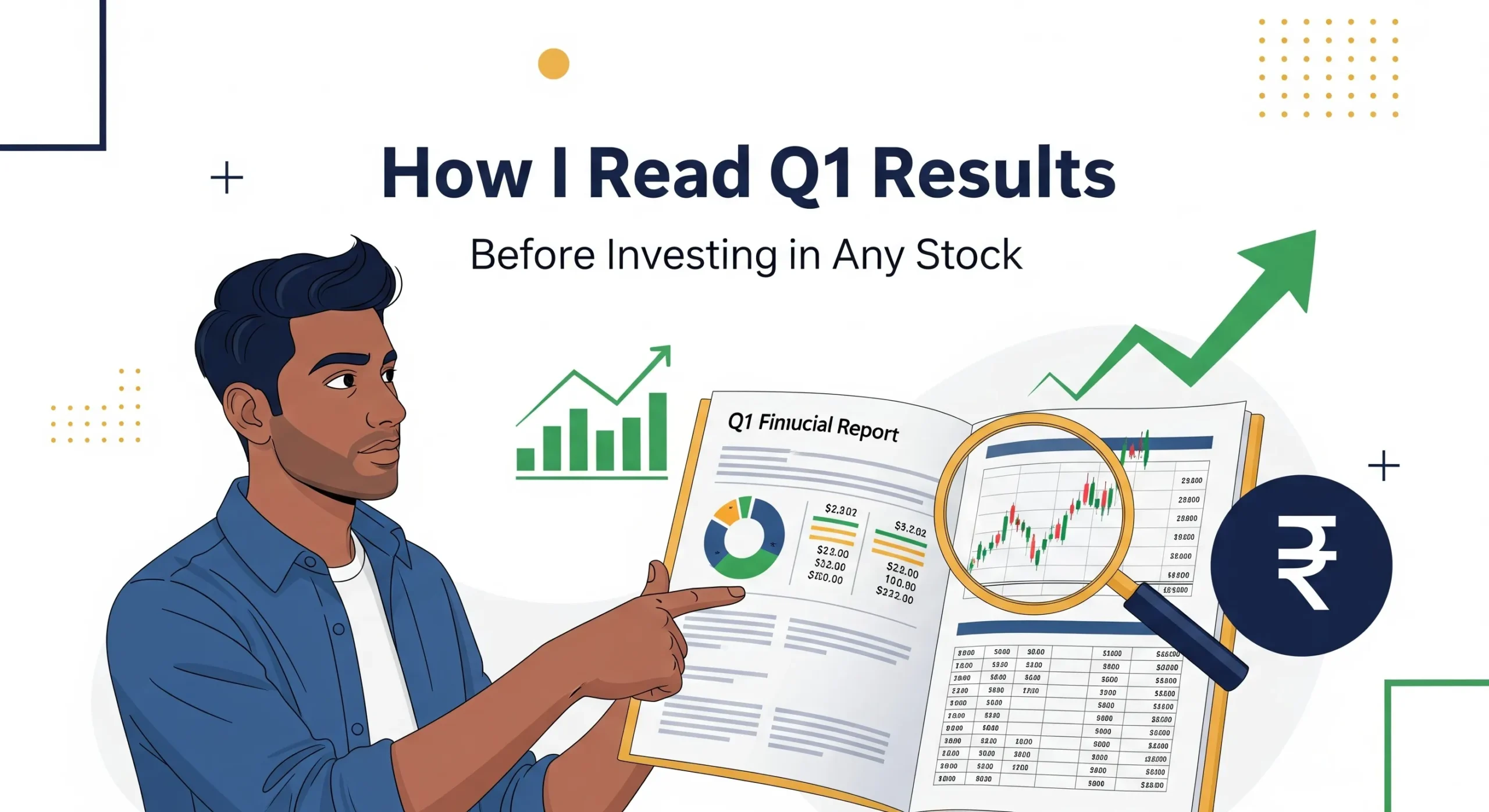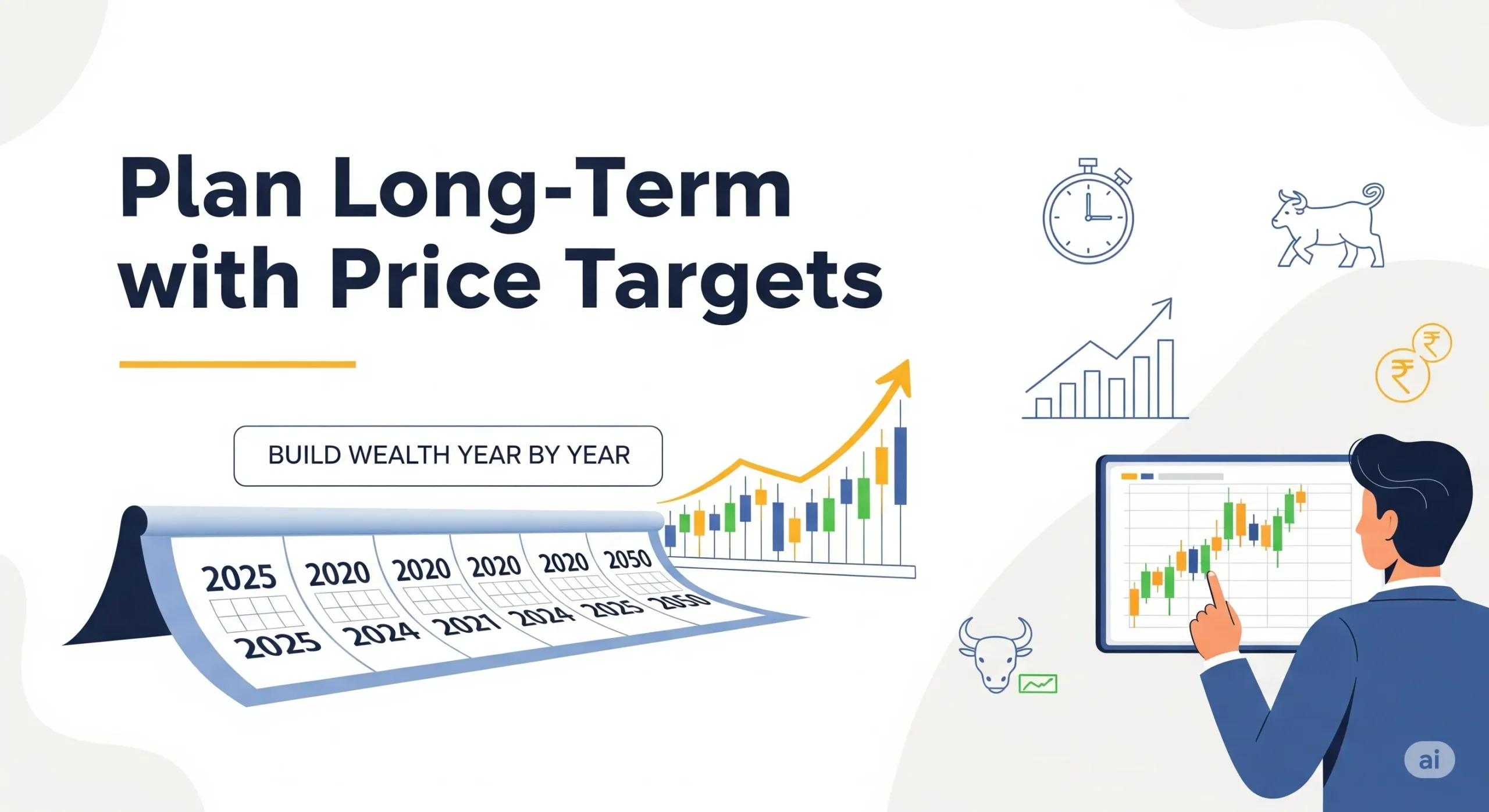At EstiMarket,com, we believe in sharing insights that are not only informative but practical for real investors. This guide is based on my personal approach to reading a company’s quarterly results — especially Q1, which often sets the tone for the full financial year.
Whether you’re a beginner or someone looking to sharpen your analysis, this is how I personally read Q1 results before making any long-term investment decision.
1. I Always Start with the Core Financial Numbers
Every time a company publishes its Q1 results, I immediately look at these four key figures:
- Revenue – How much total money the company earned from its operations.
- Net Profit – What’s left after all expenses, interest, and taxes.
- EPS (Earnings Per Share) – This tells me how much profit is allocated to each share.
- EBITDA – This helps me judge how efficiently the core business is running, without getting distracted by taxes or loans.
If revenue and profit are both growing well compared to earlier periods, that’s usually a solid first signal.
2. I Compare Year-on-Year First, Not Just Quarter-on-Quarter
One of the first things I do is compare this Q1 to Q1 of the previous year — this is called YoY (Year-on-Year) performance. It shows whether the company is improving consistently.
Then I briefly check QoQ (Quarter-on-Quarter) — comparing this Q1 to the previous Q4 — but I don’t overthink this, since business is often seasonal.
For example, a company might show a profit dip QoQ simply because Q4 is their best season. That doesn’t mean anything’s wrong.
3. I Look Closely at Margins — Not Just Growth
One lesson I’ve learned is that not all growth is good if the company’s profits aren’t being managed well. That’s where margins come in.
- EBITDA Margin shows how much profit the business makes from operations before costs like interest.
- Net Profit Margin tells me what percentage of revenue becomes actual profit.
If these margins are improving, the company is not just growing — it’s growing efficiently.
But if revenue is rising while margins are falling, I start questioning why.
4. I Pay Special Attention to Management Commentary
This part is often ignored by casual investors, but it’s where the real tone of the business comes out.
Along with Q1 results, most companies include a management discussion, press release, or investor presentation. I always read it.
Here, the leadership shares:
- Their outlook for the rest of the year
- Challenges they faced this quarter
- Strategic moves they’re planning
If the tone is confident and they mention a strong order book or expansion, that usually aligns with good fundamentals.
5. I Always Check Shareholding Patterns
After every quarter, companies update their shareholding pattern — and I make sure to check it.
- If promoters have increased their stake, it’s usually a sign of strong internal confidence.
- If FIIs/DIIs (foreign and domestic institutional investors) are increasing their holdings, it often points to growing institutional trust.
On the flip side, if I see a sudden drop in promoter holding or large exits by institutions, I dig deeper to understand what might be going on.
6. I Stay Alert for These Red Flags
Even when the headline numbers look good, I’ve trained myself to look out for warning signs like:
- Revenue is growing, but profit is falling
- Company shows one-time income (like selling land) to boost profit
- Debt levels rising without clear justification
- Promoters reducing their stake sharply
Any of these signs make me pause. I’d rather wait and watch than invest in uncertainty.
Final Thoughts — My Approach in One Line
Q1 results are not just about numbers. They’re early signals for how a company may perform this year — and possibly, for years ahead.
The more you read them with context, the clearer things get. My process is simple:
- Look at growth and profit quality
- Check trends (YoY and margins)
- Read the management’s view
- Observe who’s buying or selling the stock









